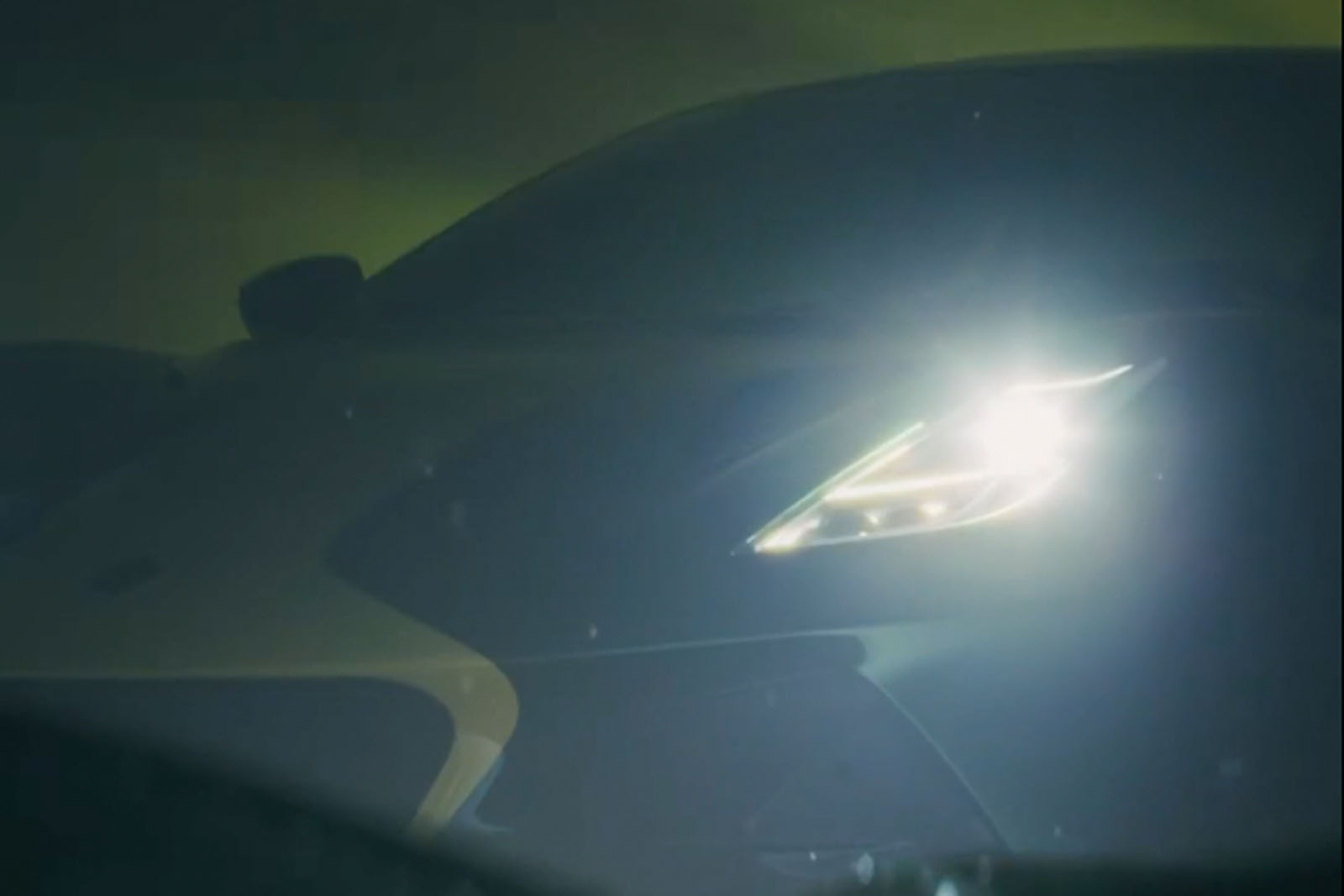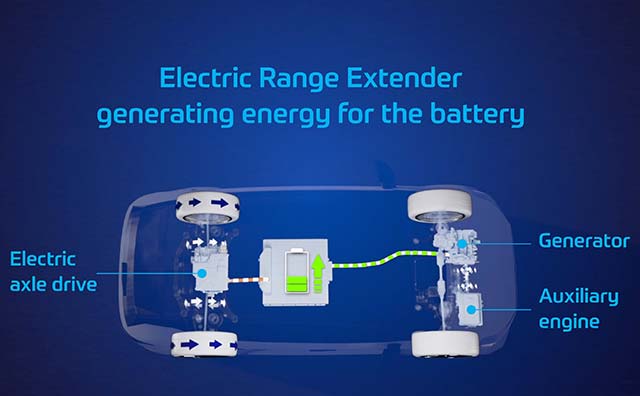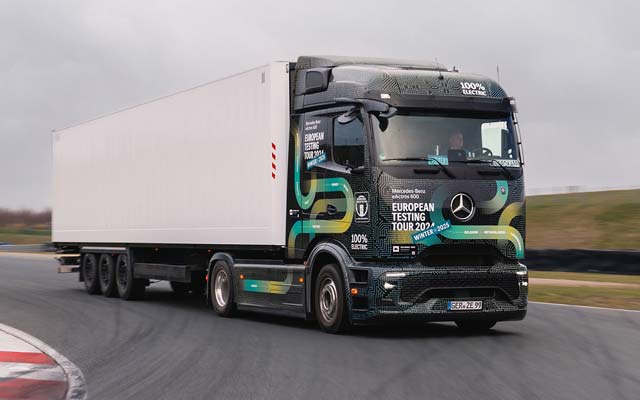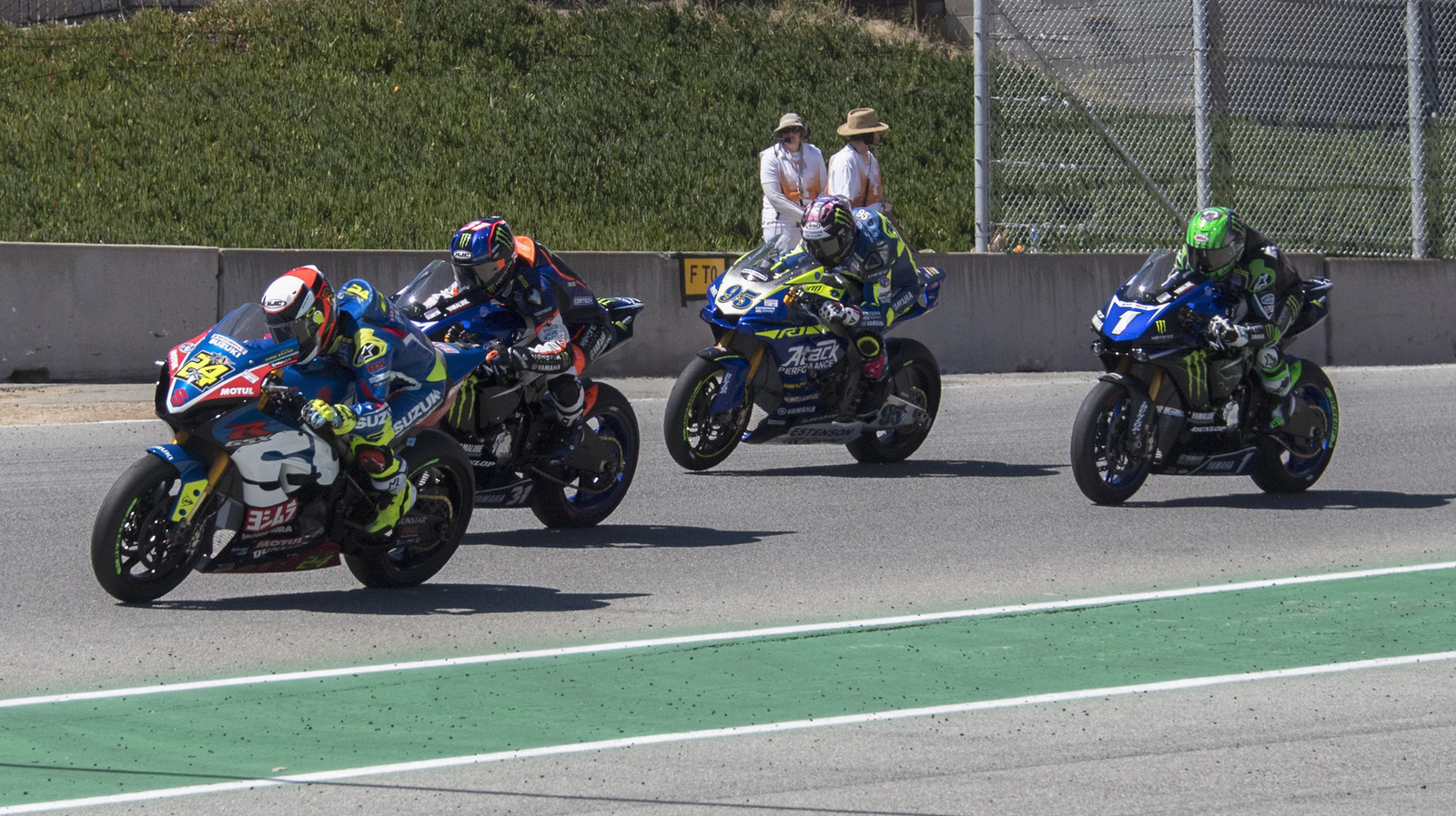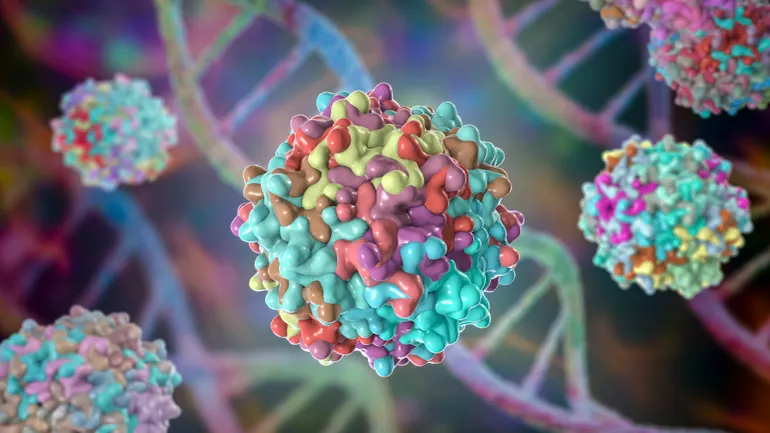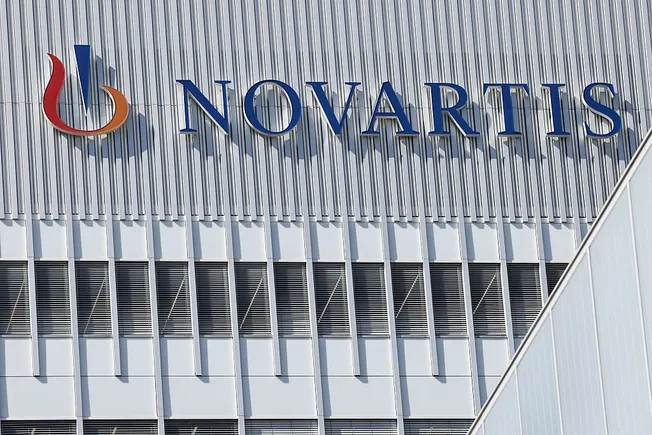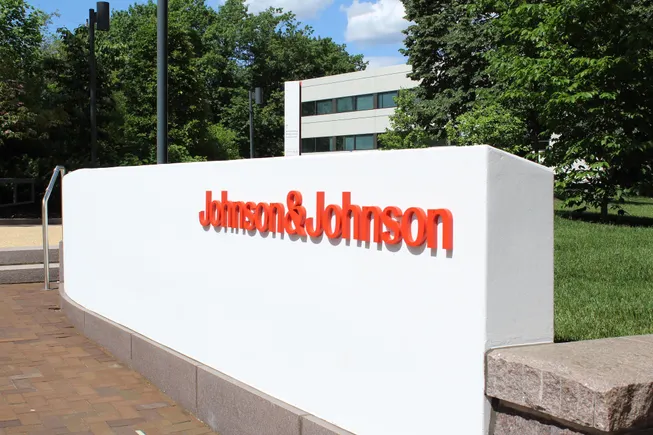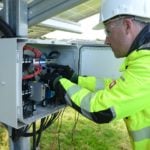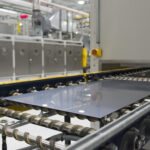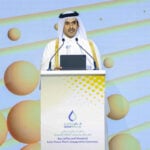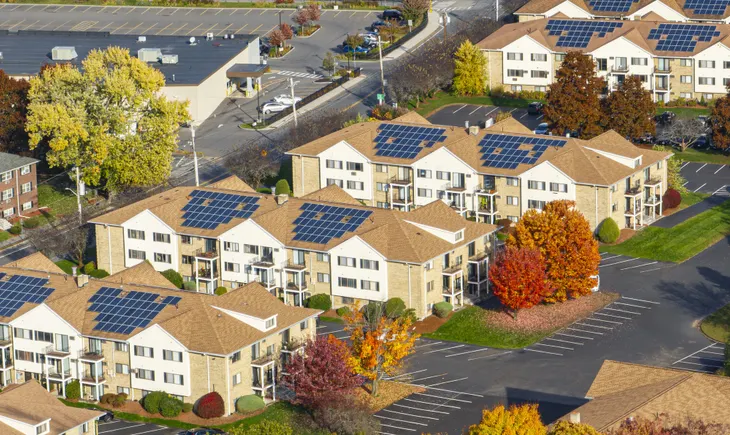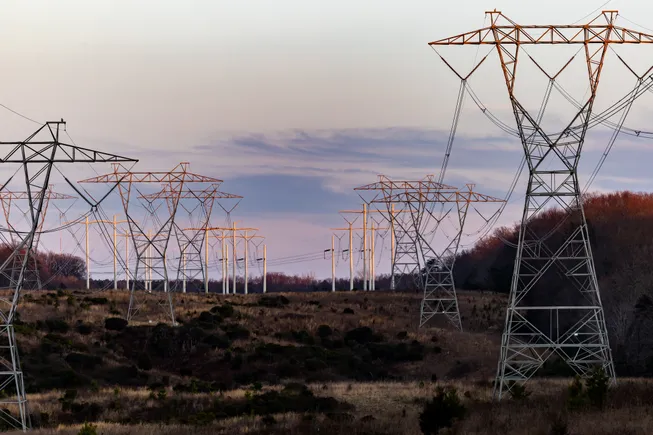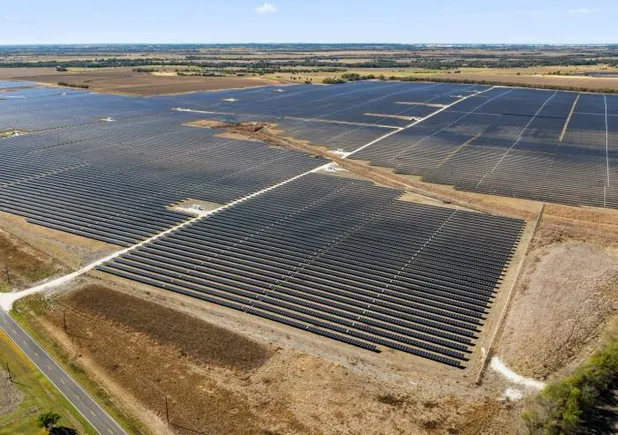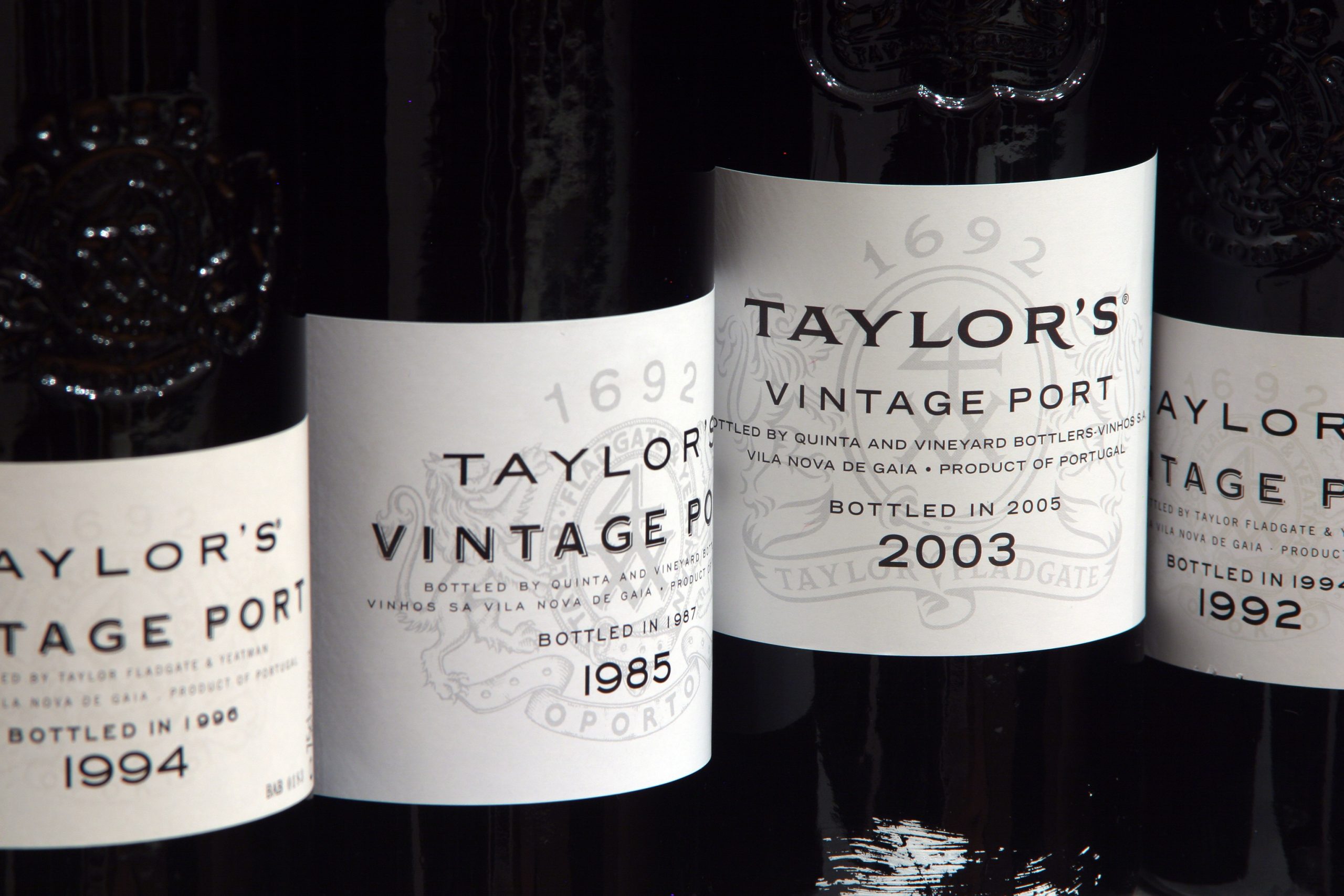Is regenerative viticulture the answer?
As organic wine production ramps up across the globe, one producer in Mendoza is making the case that regenerative viticulture is not just a philosophy - it’s a practical necessity. Lucas Löwi, estate director of Terrazas de los Andes, tells db about the challenges of scaling up organically, and why the solution lies in going beyond certification. The post Is regenerative viticulture the answer? appeared first on The Drinks Business.
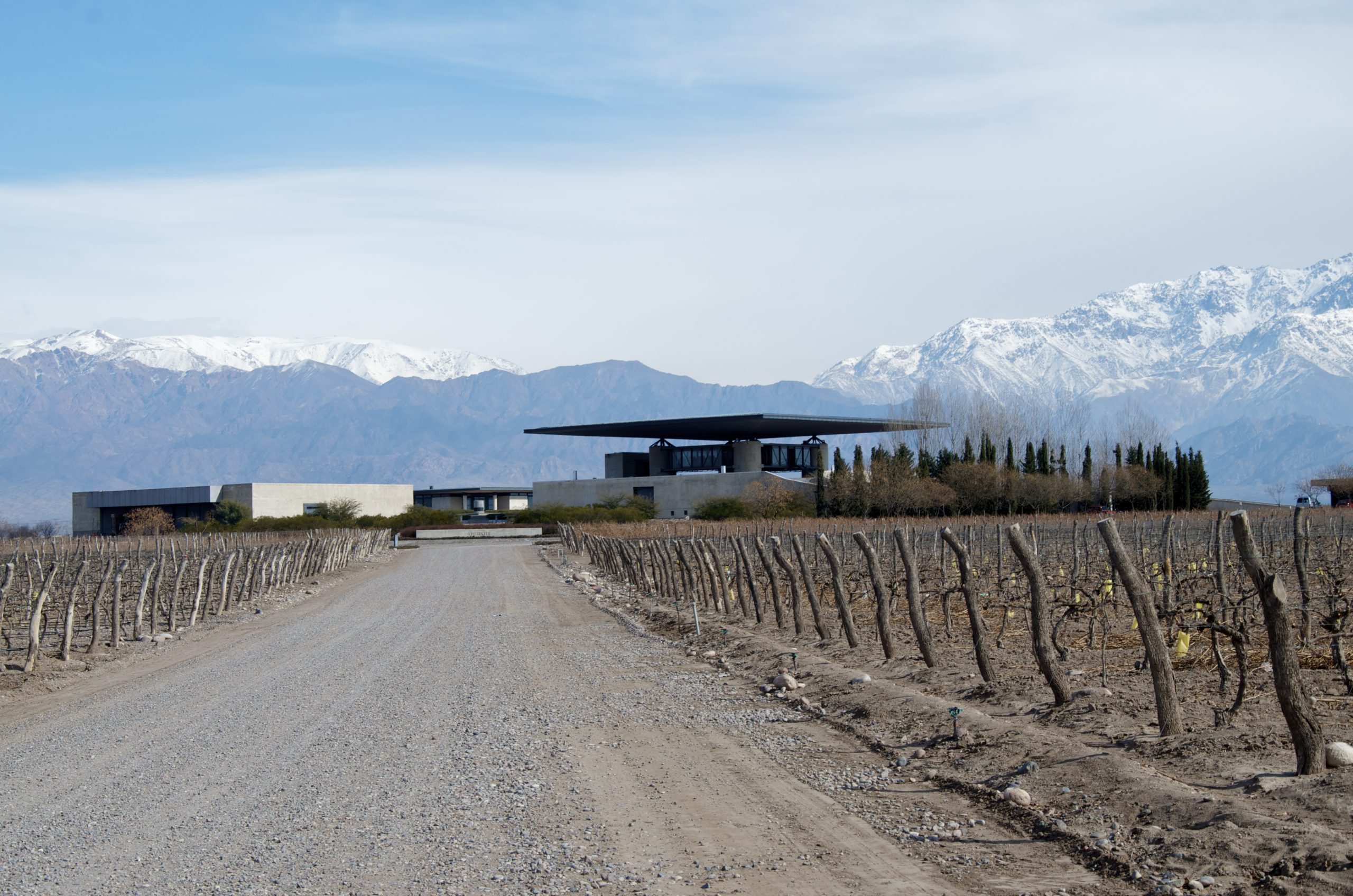
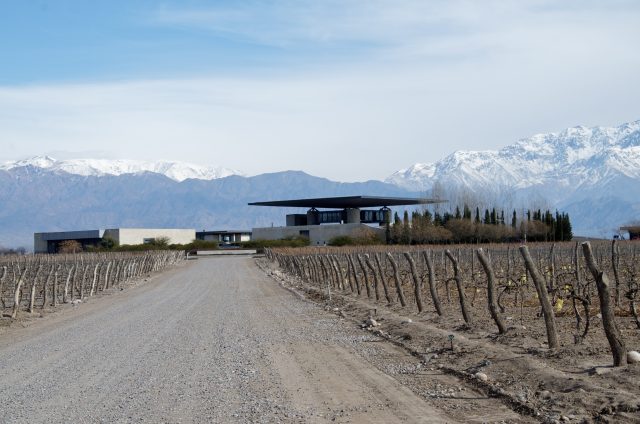
Scaling up organic wine production is no small task - particularly in regions like Mendoza, where climatic and environmental pressures complicate the process. For Lucas Löwi, estate director at Terrazas de los Andes, the solution lies not just in managing without synthetics, but in rethinking the entire approach to viticulture.
“Pests like ants represent a real and persistent challenge in organic viticulture in Mendoza. In conventional farming, they can be controlled with targeted treatments - but when transitioning to organic, your tools are limited, and maintaining balance becomes more complex,” says Löwi.
Transitioning to organic at scale requires a major overhaul in vineyard management. From weed and pest control to soil health and canopy management, each area demands more precision, more manual labour, and longer-term thinking.
“That’s why at Terrazas de los Andes, we've chosen to go even further and embrace regenerative viticulture. It’s a more holistic approach that doesn’t just avoid synthetic inputs, but actively works to strengthen the ecosystem, promoting natural biodiversity to reduce vulnerabilities over time,” he explains.
Natural systems over synthetic solutions
A key part of this shift lies in pest and disease management. Without the synthetic tools available to conventional growers, Terrazas has built a system that enhances biodiversity and ecological balance to keep vineyards healthy.
“At Terrazas de los Andes, we not only avoid synthetic inputs but we actively strengthen the vineyard’s natural balance,” says Löwi. The winery composts grape skins and stems along with organic manure to create a rich natural fertiliser, boosting soil life and reducing dependence on chemical inputs."
The team also maintains patches of native vegetation and biological corridors across its vineyard sites. “Currently, 50% of our total vineyard area is covered by native vegetation, creating vital synergies among plants, insects, and animals that naturally support pest regulation,” Löwi notes. Year-round cover crops protect the soil, prevent erosion, and further enhance biodiversity.
One of the estate’s most innovative tools is its “Nest Box Project”, developed in collaboration with scientists and public-private partners. “By repurposing recycled pallets into birdhouses for insectivorous birds, we promote natural pest control while also contributing to circular economy practices,” says Löwi. “These birdhouses have proven to be effective, reinforcing biodiversity and the ecological health of our vineyards.”
Organic inputs under strain
While the vineyards may be thriving, organic winemaking brings its own set of supply-side challenges. “Yes, it’s definitely a challenge,” Löwi says, when asked about sourcing certified materials. “Many of the materials required for certified organic winemaking - such as specific yeasts, fining agents, or even suitable packaging - are still in limited supply or in early stages of development and availability, especially at scale.”
Although innovation in this space is moving quickly, finding options that meet both technical and sustainability criteria remains a hurdle.
Consistency through ecosystem health
For Terrazas, consistency comes not from control, but from deeper knowledge of the ecosystem.
“Consistency is always a challenge in winemaking - whether organic or not - especially when working closely with nature,” Löwi acknowledges. “With every vintage, we refine our vineyard management techniques and deepen our understanding of regenerative viticulture, leading to healthier soils, more resilient vines, and ultimately, greater consistency over time.”
Controlling the supply chain
One of Terrazas de los Andes’ advantages is its ability to work with estate-grown grapes. “This vertical integration allows us to implement regenerative and sustainable practices consistently across our vineyards, without relying heavily on external sourcing,” says Löwi. “This allows us to uphold the highest standards of quality and environmental responsibility at every step of the process.”
That control helps the winery sidestep one of the more pressing issues facing large-scale organic producers: a fragmented and often unreliable supply chain for certified fruit.
Market momentum - but more to do
Though organic and regenerative wines are gaining ground, market understanding is still catching up. “While awareness of organic and regenerative wine is still growing, we’ve seen that retailers and distributors are increasingly associating these practices with higher quality,” says Löwi.
The focus, he emphasises, remains on wine first. “Our focus remains on quality first - and when that quality is backed by regenerative practices, it becomes a powerful added value.”
There is still education to be done, but momentum is building. “We see a growing openness among our partners when the story is rooted in authenticity and quality.”




















